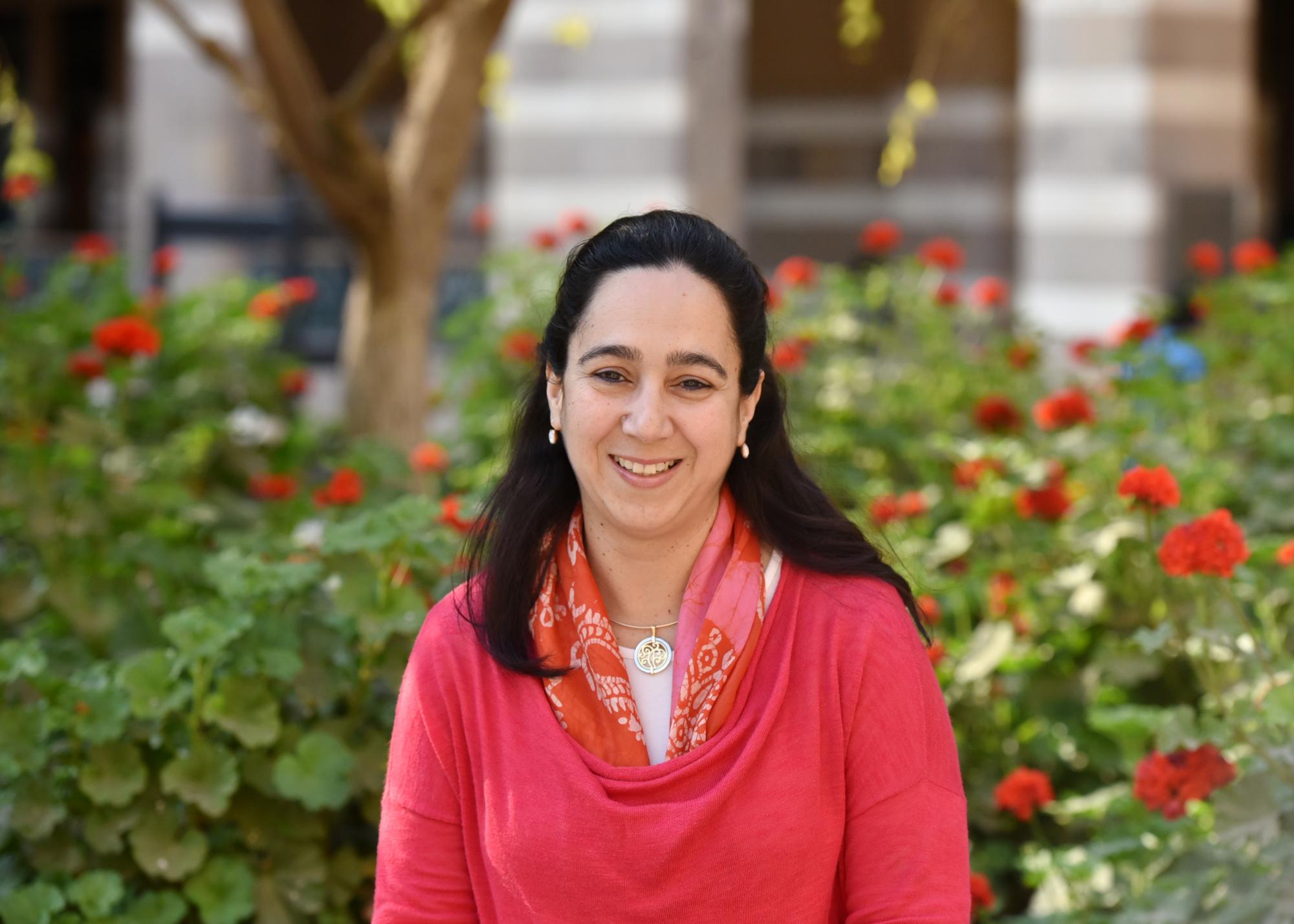What is Design Thinking?
Design Thinking is a process that starts with discovery and ends with a user-centered offering that solves one of the user’s most pressing problems. In its simplest form, design thinking is an iterative process that starts with finding inspiration by immersing in the challenge space and truly understanding the user’s tensions and pains, to generating multiple solutions, designed to alleviate those pains, to implement the most promising solutions through an iterative build-test-evolve cycle. It is also called Human-Centered Design, because it combines ethnography (from anthropology) and design to generate user-centered solutions that are resource feasible and economically viable.
Why Design Thinking?
Design thinking is practiced by fortune 500 companies, universities, governments and NGOs across the world to identify hidden opportunities, generate hidden insights, and design user-centered innovative products, services and solutions to some of the world’s most complex businesses, governance and social challenges.
Design research techniques can go much deeper than historical data and market research, which are only capable of scratching the surface. By designing human-centered empathy, observation and immersion research, we are able to identify not just what people do, but how and why they do it. Every action that people engage in has a deeper social or emotional meaning to them, even though they often lack the tools to articulate those connections. At the core of every successful design thinking story is a state of user intimacy, a deep understanding of users’ or customers’ unarticulated needs. Equipped with empathy, ideation, experimentation and prototyping skills, design thinking practitioners embrace the unknown and navigate through ambiguity towards clarity.
Applying Design Thinking in Education
DT can be used in education as an innovative pedagogy in the classroom, where students use the DT process in order to solve design problems, or educators can (re)design learning experiences by centering students as users.
Design Thinking as Innovative Pedagogy and Experiential Learning
Design Thinking is a student-centered pedagogy that promises to provide students with an experiential learning framework for a real-life problem-solving experience. The goal is to help problem-solvers embrace ambiguity, and face the unknown by slicing the challenge into smaller parts that they can tackle one at a time. The learning from each step then becomes the foundation of the next step. This may be the most impactful stage in students’ learning, this change in mindset that puts the user at the center of the challenge and frames problem-solving as a process.
Faculty can explore design thinking as a mindset and method and reflect on ways in which it can be incorporated into activities, projects, courses design and more. To learn more about how CLT can help you integrate design thinking into your course, and create an experiential learning experience for your students, contact CLT at clt@aucegypt.edu
Learning Experience Design
Higher education has entered into an era of transition requiring universities to reconsider their classical model of teaching, and enforcing new paradigms for student-faculty relationships. Many educational institutions across the world are using design thinking as a problem-solving framework to redesign their students’ learning experiences, inside and outside the classroom.
Unlike traditional pedagogies, Design Thinking is a human-centered, innovative approach to problem-solving. Placing emphasis on user-centeredness, integrated team communication, as well as collaboration and idea exchange among interdisciplinary talents, design thinking has been shown to enhance learning and promote innovation.
Design Thinking at AUC
As a hub for dissemination and professional development, CLT fosters academic excellence and a culture of continuous improvement through innovative pedagogies that cultivate student engagement and lifelong learning. Following a learner-centered approach, CLT is a strong believer in human-centered design. Design Thinking relies on a collaborative innovation culture, a key pillar in AUC Strategic Plan moving forward. The anticipated value of this opportunity to our departments, service centers, programs, staff and students is eminent and of high impact, while moving forward with the university’s strategic direction towards innovation and quality of education.
CLT offers several professional development opportunities to learn about and try Design Thinking at AUC. These include intensive bootcamps and workshops, as well as an immersive yearlong Design Thinking for Educators Program.
Design Thinking Bootcamps and Workshops
CLT offers intensive design thinking bootcamps to AUC faculty, staff members and both undergraduate and graduate students. In previous bootcamps, CLT has partnered with challenge providers from both business and societal worlds. We help our partners solve their complex challenges through the user-centered, multi-disciplinary collaborative nature of design thinking.
The bootcamps provide participants with practical experience, where they get a chance to apply their technical, problem-solving and collaboration skills to design innovative solutions to real-life challenges. This help us in closing the widening gap between industry and academia, and provide real value to both our participants and challenge partners.
Design Thinking for Educators Program
Through the Design Thinking for Educators Program launched in January 2019, CLT supports faculty members over a full academic year in integrating design thinking into their curriculum and teaching practices to enhance student engagement and promote creativity across disciplines. This immersive program is currently underway with 16 faculty members engaged in a learning community.
Sophie Farag (ELI), one of the participants in this learning community, applied DT in her course, where students use DT to solve complex problems in groups. She says:
“Design Thinking offers a great framework for group problem-solving. It is structured, yet offers a great deal of flexibility for the students to make their own decisions and to be creative. My students bought into it immediately, and it seems to make sense to them”.
Magda Mostafa (ARCH), another participant in this learning community, applied DT to redesign the learning experience in her course. She says:
“DT helped me resolve a problem I myself was facing in the studio format of my class- providing individual customized feedback to a large number of students in a short period of time. The process produced what we eventually called cascading feedback, and it was met with great enthusiasm from students. They went from ranking the lack of time to feedback as one of their major concerns with the studio format, to one of the things they appreciated and benefited from the most. I also used DT… at a conference workshop with a diverse audience of people from the autism, medical and education community. Its structure was extremely helpful and facilitative”
Tina Jaskolski (SSE) used design thinking tools and design sprints in her classes this semester. She says:
“I was blown away by the design thinking methodology. I try to integrate practical teaching approaches in all of my classes, and design thinking is a wonderful, dynamic and fun framework for helping students approach challenges in empathetic and creative ways. It is a very effective tool for structuring design processes in project based teaching. My students loved the experience. They asked if we can have more Saturday DT teaching sessions!”
Learn More about Design Thinking at AUC
To learn more about CLT Design Thinking activities available to the AUC community: https://www.aucegypt.edu/faculty/center-for-learning-teaching/design-thinking
Faculty interested in the Design Thinking for Educators Program can apply in the upcoming call for applicants, which will open in November 2019. To express interest, please email CLT@aucegypt.edu



